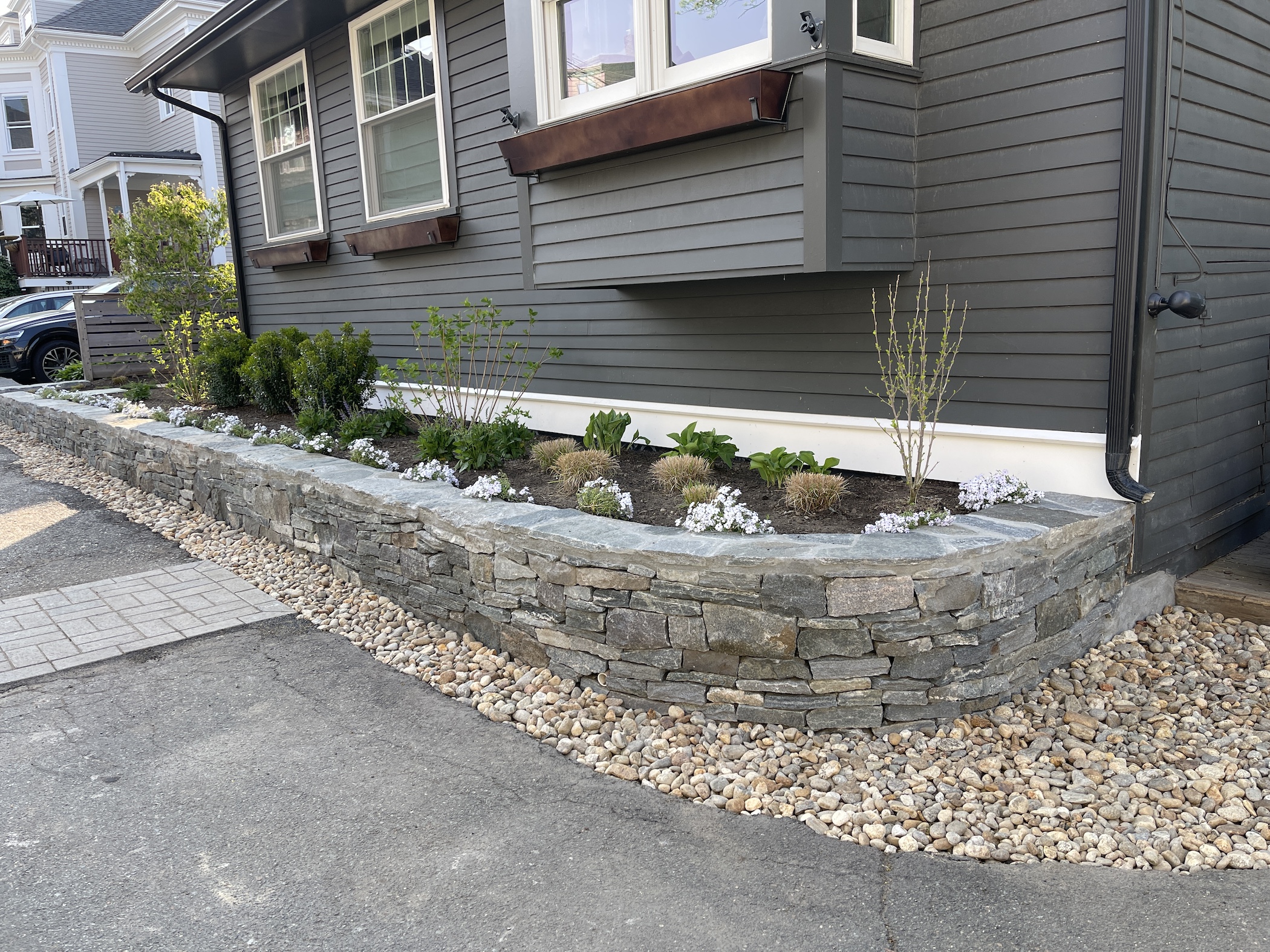
Undertaking a hardscaping or stonework project can be an exciting prospect, offering homeowners the opportunity to enhance their outdoor spaces with custom features like patios, walkways, and retaining walls. While the allure of DIY hardscaping may be strong, it’s essential to recognize the risks and challenges involved, especially for those with limited expertise and experience. In this guide, we’ll explore the potential pitfalls of DIY hardscaping and stonework while offering insights and advice to help homeowners strike a balance between their DIY enthusiasm and the benefits of professional expertise.
The Appeal of DIY: Exploring the Excitement and Challenges
For many homeowners, the idea of tackling a hardscaping project themselves holds great appeal. The prospect of saving money, exercising creativity, and taking pride in a job well done can be incredibly rewarding. However, DIY hardscaping comes with its own set of challenges and risks that should not be overlooked.
Recognizing Limitations: Knowing When to Seek Professional Help
While DIY hardscaping projects can be fulfilling, it’s essential to recognize when professional expertise may be needed. Complex tasks such as grading, drainage management, and structural engineering require specialized knowledge and experience to ensure the safety and longevity of the finished project. By acknowledging one’s limitations and seeking professional assistance when necessary, homeowners can avoid costly mistakes and achieve beautiful, long-lasting results.
Safety First: Prioritizing Personal Well-being and Avoiding Hazards
Safety should always be a top priority when undertaking hardscaping projects, whether DIY or professional. Working with heavy materials, power tools, and equipment poses inherent risks that should not be underestimated. By following safety guidelines, wearing appropriate protective gear, and using caution at all times, homeowners can minimize the risk of accidents and injuries on the job site.
Budgeting Wisely: Balancing Cost Savings with Quality and Longevity
While DIY hardscaping projects may offer initial cost savings, homeowners should carefully consider the true cost of materials, equipment, and labor involved. Underestimating project expenses or encountering unforeseen challenges can quickly lead to budget overruns and compromised results. By budgeting wisely and weighing the long-term value of professional expertise and craftsmanship, homeowners can ensure that their outdoor projects meet their expectations and stand the test of time.
Building for the Future: Ensuring Structural Integrity and Compliance
The durability and structural integrity of hardscape features are essential considerations for long-term performance and safety. Building codes, zoning regulations, and engineering standards govern the construction of retaining walls, patios, and other hardscaping elements, and adherence to these requirements is crucial to avoid legal and safety issues. By working with professionals who understand these regulations and have the expertise to design and construct robust, code-compliant structures, homeowners can enjoy peace of mind and confidence in the durability of their outdoor projects.
Conclusion: Striking a Balance for Successful Outdoor Projects
In conclusion, DIY hardscaping offers homeowners the opportunity to express their creativity and enhance their outdoor living spaces. However, it’s essential to approach DIY projects with caution, recognizing the risks and limitations involved. By balancing DIY enthusiasm with professional expertise, homeowners can achieve beautiful, functional outdoor spaces that bring joy and value for years to come. Whether tackling a small weekend project or embarking on a major renovation, homeowners can find success by prioritizing safety, seeking assistance when needed, and investing in quality materials and craftsmanship. With the right approach and a willingness to learn, the world of hardscaping is yours to explore and enjoy.




